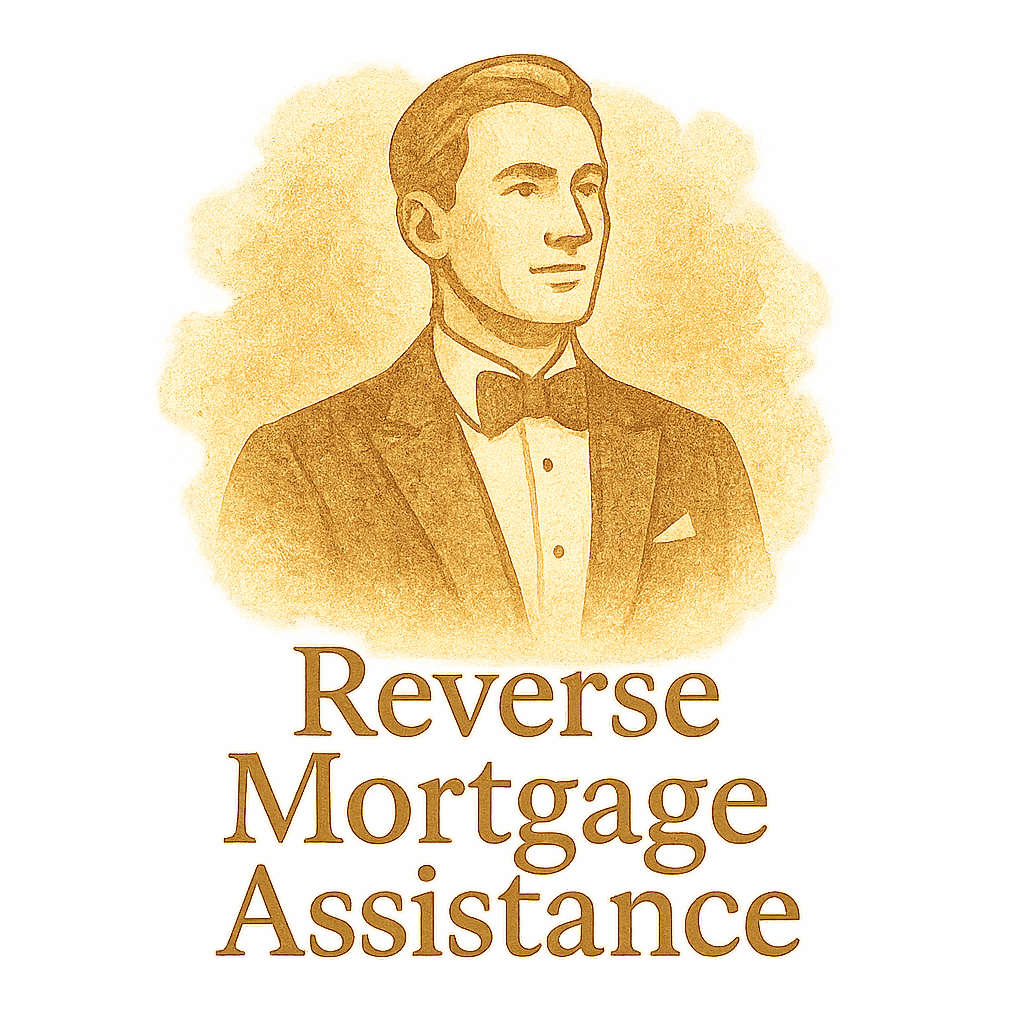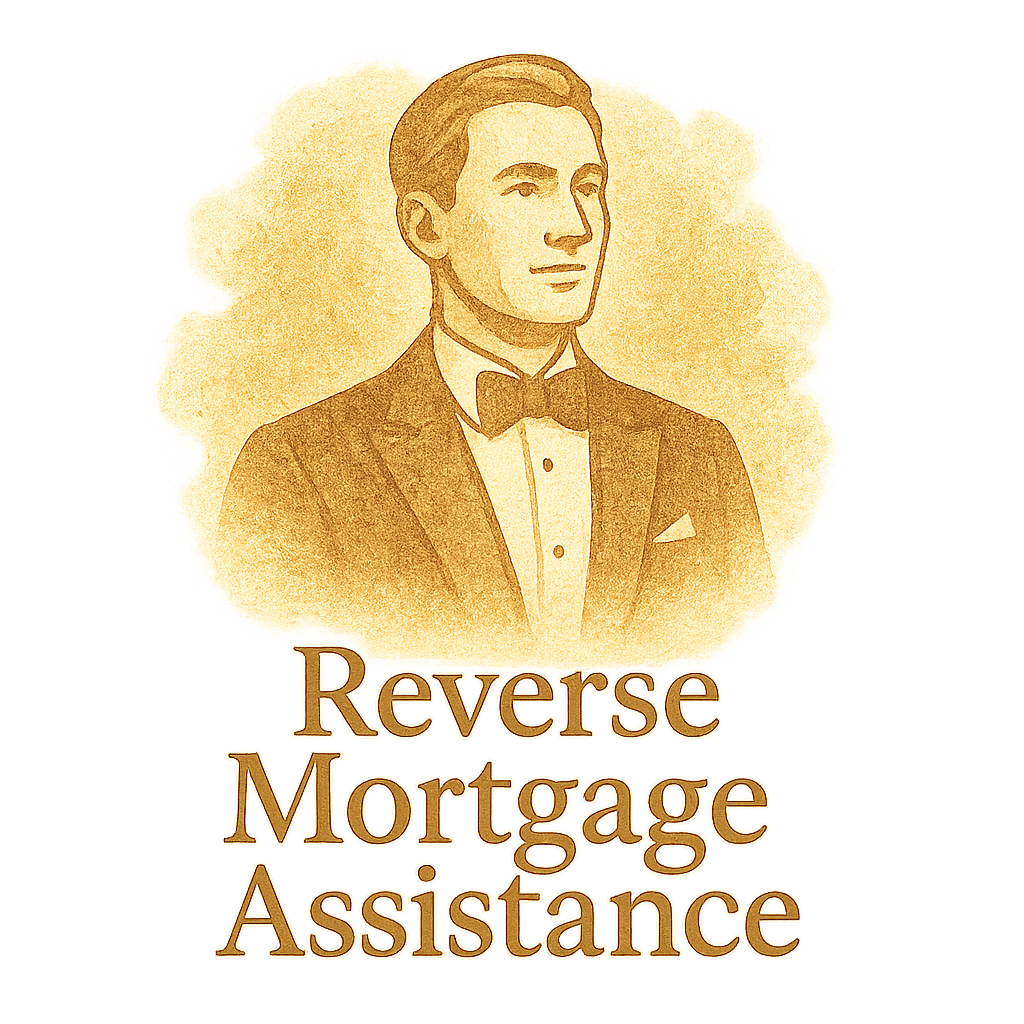Introduction
Thinking about tapping into your home equity but stuck between a reverse mortgage and a HELOC? You’re not alone.
While these two financial tools serve different audiences and needs, they share more similarities than most people realize. Whether you’re planning for retirement or simply seeking more flexibility, understanding these parallels can help you make a smarter financial decision.
Let’s break it down, shall we?
Understanding the Basics
What is a Reverse Mortgage?
A reverse mortgage allows homeowners aged 62 or older to convert part of their home equity into cash without selling their home or taking on new monthly mortgage payments. The loan is repaid when the borrower moves out, sells the house, or passes away.
Want to dig deeper? Check out our guide on Reverse Mortgage Basics.
What is a HELOC?
A HELOC, or Home Equity Line of Credit, works like a credit card secured by your home. You can borrow as needed during the draw period and pay interest only on what you use. It’s ideal for homeowners who want flexible access to funds for renovations, emergencies, or other large expenses.
Why the Comparison Matters
Many seniors or homeowners nearing retirement wonder which option is better. Understanding how these tools are alike can offer clarity, especially when preparing for long-term financial health.
Similarity 1: Both Use Home Equity
Tapping Into Home Equity Explained
Both reverse mortgages and HELOCs allow you to convert your home’s built-up equity into usable cash. That means your house isn’t just a place to live — it’s a financial asset.
Curious about how equity plays a role? Read our tag archive on Equity.
Similarity 2: Flexible Access to Funds
Lump Sum, Monthly Payments, or Credit Line
One major benefit of both options is flexibility. With a reverse mortgage, you can receive money as a lump sum, monthly payments, or a line of credit. HELOCs offer similar flexibility, making it easy to access what you need when you need it.
Explore more in our Loan Comparison Guide.
Similarity 3: Collateral-Based Lending
Your Home as the Security
Both financial products require your home as collateral. This means if you default (in the case of HELOC) or the terms aren’t met (in a reverse mortgage), your home could be at risk. That’s why understanding the terms is vital.
Need a refresher? Visit our page on Reverse Mortgage Basics.

Similarity 4: Legal and Contractual Agreements
Understanding the Paperwork
Signing up for either a reverse mortgage or a HELOC involves a lot of paperwork. We’re talking disclosures, closing documents, and contracts galore.
Understanding your obligations is key. Get the facts from our Legal & Regulatory page and browse the Contracts Tag for more insight.
Similarity 5: Impact on Inheritance and Repayment
What Heirs Need to Know
With both a reverse mortgage and HELOC, repayment becomes an issue when the borrower dies or the home is sold. In both cases, heirs must decide whether to pay off the loan or sell the house to settle the balance.
If you’re thinking long-term, make sure to plan your Retirement wisely.
When to Choose Reverse Mortgage vs. HELOC
Suitability by Age and Financial Goals
So which is right for you?
- If you’re over 62 and planning for retirement, a reverse mortgage might be the better fit.
- If you’re younger or want a revolving line of credit, a HELOC offers more flexibility.
Still unsure? Use our tools at Mortgage Planning to compare options.
Common Myths About Reverse Mortgages and HELOCs
Busting the Myths
Let’s face it — reverse mortgages and HELOCs have a reputation problem. Some folks think you’ll lose your house, while others assume you’re getting free money.
Let’s set the record straight. Head over to Mortgage Myths & Truths for clarity.
Conclusion
Both reverse mortgages and HELOCs are powerful financial tools that let you unlock your home’s equity — but they’re not identical twins. They’re more like close cousins. Understanding their similarities gives you the foundation to choose the right option for your needs.
Still got questions? You’re not alone.
FAQs
1. Can I have both a HELOC and a reverse mortgage at the same time?
Not usually. Most lenders won’t approve a reverse mortgage if you already have a HELOC, unless it’s paid off.
2. Which option has more fees, reverse mortgage or HELOC?
Generally, reverse mortgages come with higher upfront fees, but it’s best to check with a lender for specifics.
3. Does my credit score matter for either option?
Yes, more so for a HELOC. Reverse mortgages are less credit-dependent but still require financial assessment.
4. Can I lose my home with a reverse mortgage or HELOC?
Yes, if terms aren’t met. For example, failing to pay taxes or insurance can lead to foreclosure.
5. Is a reverse mortgage taxable income?
Nope. Funds from a reverse mortgage are not considered taxable income.
6. Will my heirs be stuck with debt from my reverse mortgage?
No, reverse mortgages are non-recourse loans. Your heirs won’t owe more than the home’s value.
7. Where can I get help comparing these options?
Start with our Loan Comparison tool and explore our Mortgage Planning resources.


